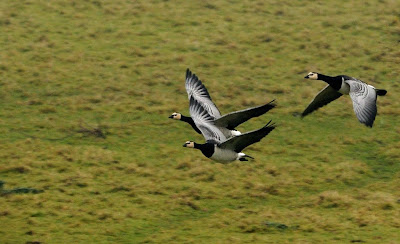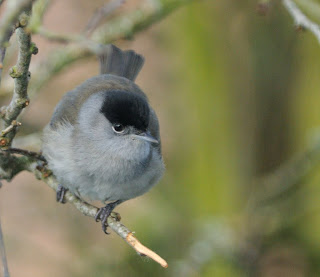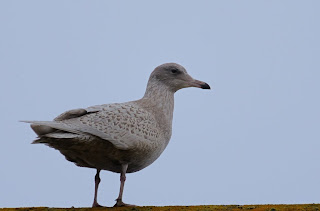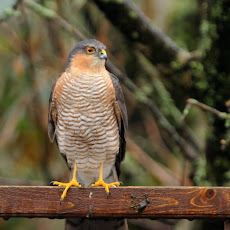Today was interesting, the garden was full of birds all struggling to survive the arctic weather. We had 12 Field Fares competing for the food. The Cotoneaster was the attraction with all of the FF' feeding continuously on the berries. I had a photo festival with this species today and I am pleased with the shots. Plenty of success in amongst the 320 images I captured. One good thing I did a few days earlier was to prune the Cotoneaster on the public foot path side and scattered the berry laden cuttings around the garden. The garden looked untidy as hell but who cares, it paid dividends and feeds the birds. I also hunted out a few hibernating snails and they where very much appreciated by the Song Thrush. We also went out to Bottallack and was amazed at the numbers of Redwing, Field Fare, Golden Plover and Lapwing sheltering on the cliffs witnessing a constant movement of birds. we flushed a Woodcock and saw a Raven with a snipe in its beak, I guess the snipe had succumbed in the cold weather and I suspect that this extreme weather will have a massive impact on the bird population on the whole so keep feeding in your gardens. We also noted Redwing in flying off the sea from some distance. As previously mentioned I took a high number of photographs today and i will post them over the next couple of days.
I don't normally list but today Lisa and I decided to list the garden species and they are 12 Field Fare, 6 Redwing, 2 Meadow Pipits, 4+ Blackbirds, 3 Songthrush, 1 Male Black Cap, 2 Robin, 2 Dunnock, 5 Blue Tits, 4 Great Tits, 2 Wren, Chaffinch (numerous), 11 House Sparrow, 1 Pied Wagtail, 3 Collared Doves, 1 Rook ,1 GS Woodpecker, 3 Starlings,. A flock of Snipe over, Lapwing over and 1 Peregrine over. Please click on the images to enlarge








































































